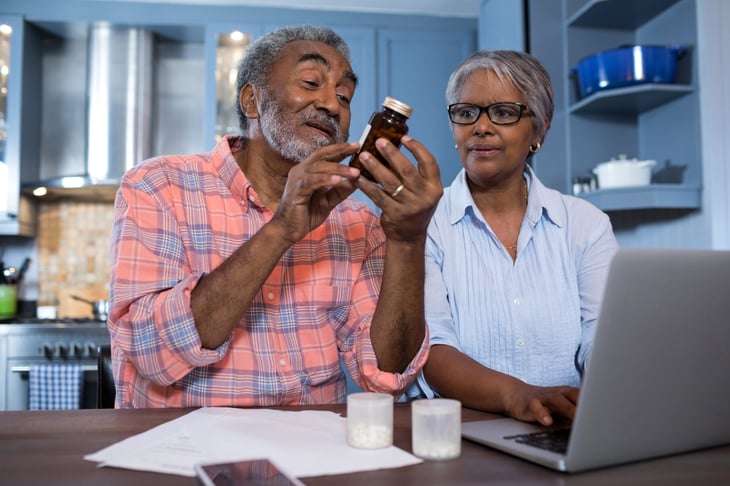
Editor’s Note: This story originally appeared on Living on the Cheap.
When my friend Mark developed whooping cough for the second time, he knew what to expect. A quick phone call to his doctor got Mark the antibiotics and cough syrup he needed.
His only mistake? This go-round, Mark had the prescriptions called in to his nearest drugstore rather than heading to Costco like he had before.
When he went to pick them up, the bill was a shocking $73 instead of the $12 he was expecting.
When we spoke a few days later, he said he could kick himself. Mark chalked his mistake up to a mind muddled by lack of sleep and a racking cough.
Like a lot of Americans, Mark lacks prescription drug coverage. He has health insurance through the Affordable Care Act, but many plans still have high deductibles or no prescription coverage at all. And, many folks remain under or uninsured.
Whether you need a prescription filled immediately for a sudden bout of the flu or you take drugs for a chronic condition, you can still find ways to save on prescriptions. Here are a few tips on how to keep your prescription drug costs low.
Compare prices
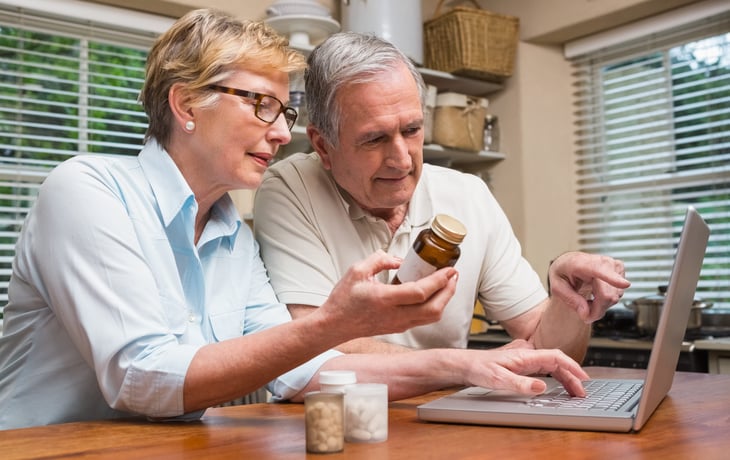
It may take a few phone calls, but shop around.
Call pharmacies in your supermarket, retail stores (such as Target and Walmart), drugstore and warehouse club.
Ask your physician to either hold off calling in your prescription until you can learn which pharmacy has the best price, or have him give you a paper prescription you can take to the pharmacy you select.
Yes, you are already feeling crummy and the thought of comparison-shopping stinks, but sticker shock could make you feel even worse.
Pay cash at Cost Plus Drug Company

Billionaire Mark Cuban (owner of the Dallas Mavericks basketball team and famous for his role on the TV show “Shark Tank”) has started a new prescription drug service that aims to undercut pharmacy prices by cutting pharmacy benefit managers out of the equation.
This means that Cost Plus doesn’t accept insurance, and it only offers generic drugs. But if you don’t have prescription insurance anyway, it’s definitely worth investigating.
The website makes it easy to look up your drugs and see what you’d pay at Cost Plus. You may even find that it’s cheaper than your copay with insurance, which was the case with my prescription for levothryoxine, a thyroid medication.
The cost of a 30-day supply from Cost Plus was half the price of my copay at a large chain pharmacy.
Go generic
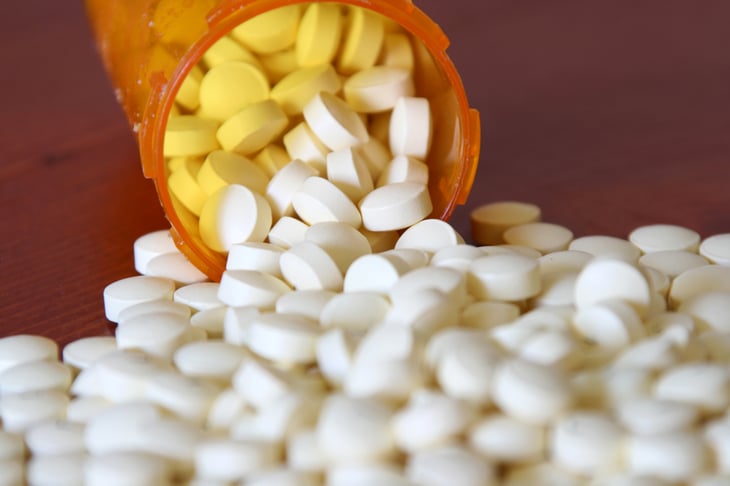
Always ask your physician if a generic drug will work as well as the name brand.
The cost of a generic drug is as much as 85% lower, on average, than the cost of brand-name products, according to the U.S. Food and Drug Administration.
With or without insurance, you always pay less for generics.
Many pharmacies offer discounts on a 30-day or 90-day supply of medication. For instance, Target and Walmart offer hundreds of generic drugs for which you pay $4 for a 30-day supply or $10 for a 90-day supply.
No membership, no problem

Consider a warehouse club.
Many people don’t realize that you do not have to be a member of Sam’s Club, Costco or BJ’s Warehouse to use their in-store pharmacies. It’s the law.
So add these warehouse stores to your list. Quite often, that bulk-buying power also applies to the pharmacy, and you can save big.
When you go to fill or pick up a prescription, simply tell the person at the entry who checks membership cards that you are headed to the pharmacy.
But membership may pay
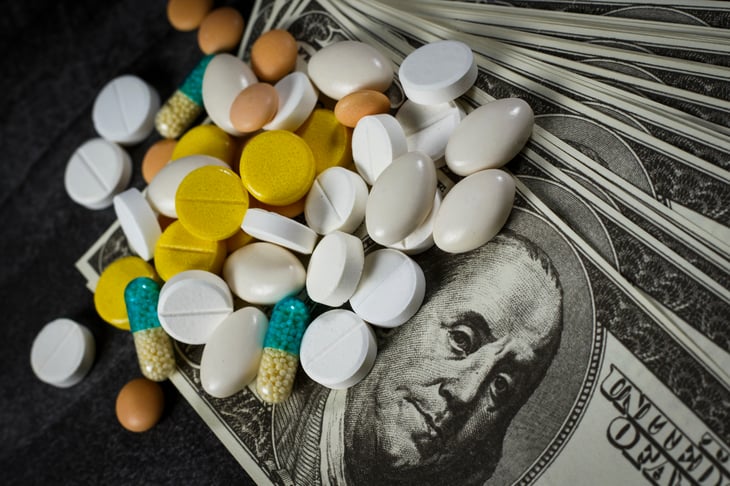
If you are a member of a warehouse club, you can also oask about prescription discounts.
For example, Sam’s Club offers a prescription savings program for Plus and Business Plus members. Certain generic prescriptions at specified quantities are available for free in 35 states.
These include escitalopram oxalate (generic Lexapro), Metformin (generic Fortamet) and montelukast (generic Singulair).
In addition, more than 200 generic prescriptions are available for $4 and more than 400 generic prescriptions are available for $10 every day in all club locations with a pharmacy.
Costco offers a prescription discount at participating pharmacies.
Join a prescription discount club
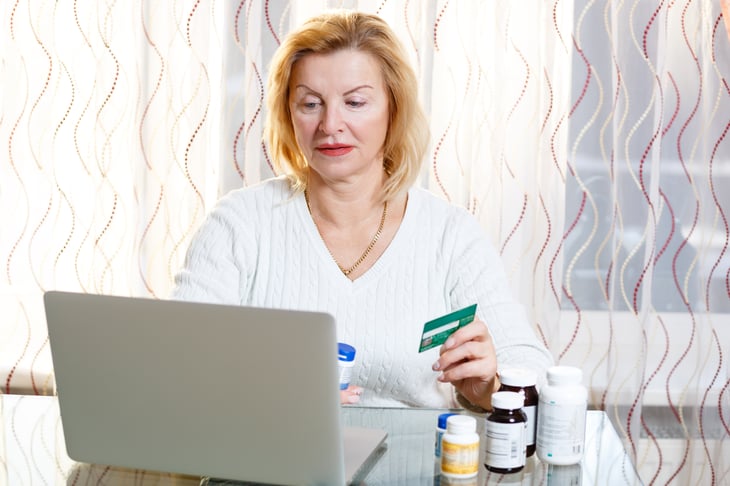
It isn’t insurance, but a prescription discount program but can lower your pharmacy costs considerably. Albertson’s, Sav-on and Osco offer myRxCare.
The Walgreens Prescription Savings Club costs $20 per year for individuals and $35 per family annually.
The CVS CarePass is $5 a month or $48 per year, and comes with perks like same-day delivery on prescriptions.
You’ll find similar prescription savings clubs at Rite Aid, Kroger and Kmart pharmacies.
Be sure to read the fine print. Program discounts can’t be combined with any insurance. But you can choose to use your discount program on prescription medications when your insurance deductible is too high, or if your insurance is limited.
Also, prescriptions processed under these types of programs do not count toward your insurance deductible and cannot be used to reduce your copay.
Prescriptions paid for in whole or in part by publicly funded health care programs, such as Medicare and Medicaid, are ineligible.
Talk to your doctor

A frank discussion with your physician is the most important thing you can do if you need help paying for prescription drugs.
If your doctor is aware that money is an issue, he or she may be able to give you some free medication samples. My dermatologist always sends me home with a “goodie” bag, so I don’t have to fork over big bucks for a cream I dab on once a week.
Your doctor may also be able to change your prescription to a cheaper, yet still effective, alternative.
Consider mail order
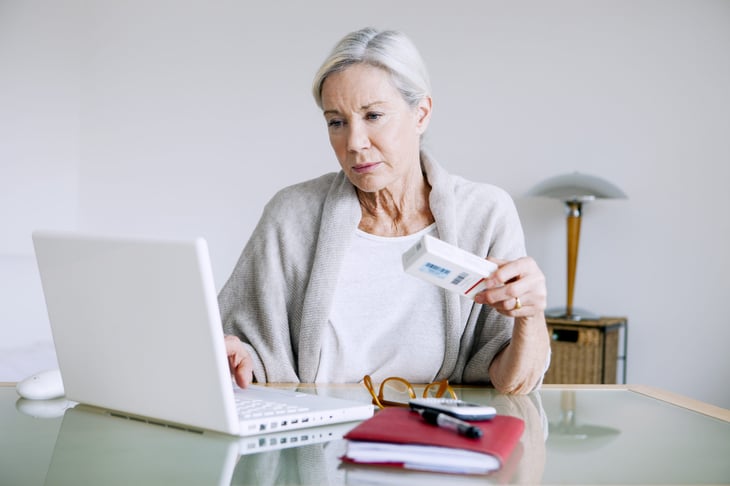
Mail-order pharmacies may give you a 90-day supply for the price of one copay. Compare that to three co-pays for each 30-day supply of medication from your pharmacy.
While your physician will need to change your prescription from 30 to 90 days, most mail-order pharmacies contact the physician on your behalf to get things going and to authorize refills.
Use coupons
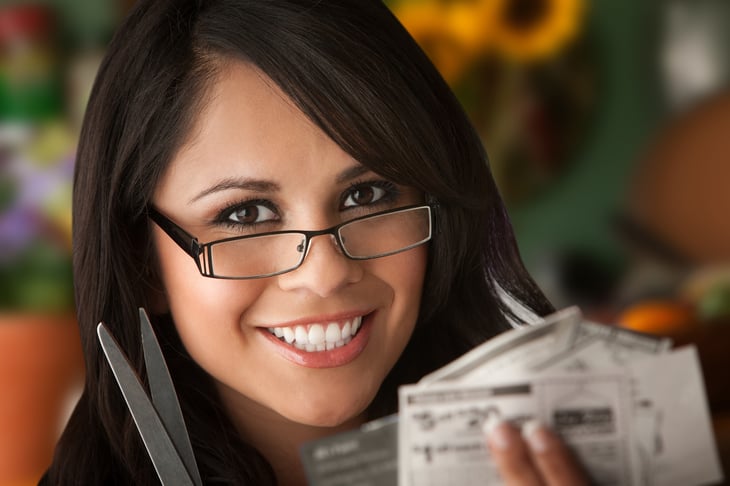
Internet Drug Coupons and GoodRx are three good resources for prescription and nonprescription drug coupons.
Look to private groups for help
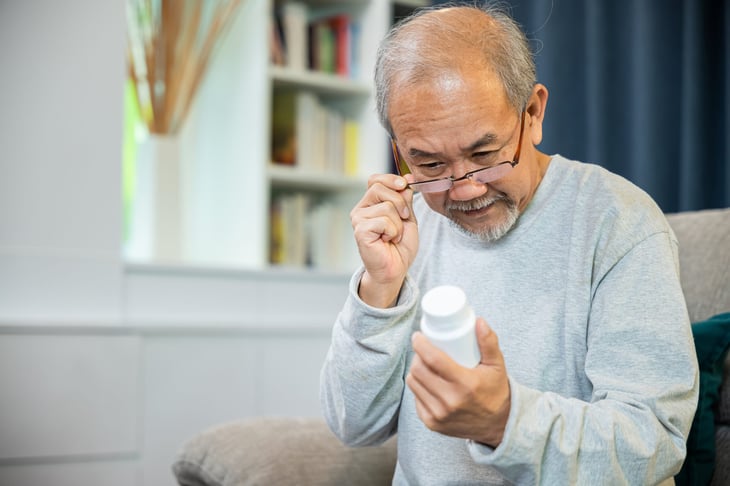
There are a number of private groups, such as Needy Meds, Rx Assist and Rx Hope, that can help you find free or affordable medications. Disease-specific foundations may also offer prescription drug assistance.
See if your state has an assistance program

Many states offer financial assistance to people who can’t afford their prescriptions through a State Pharmaceutical Assistance Program.
